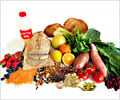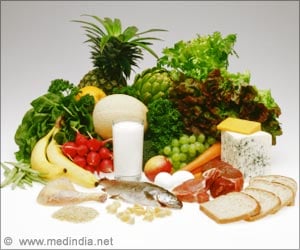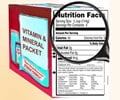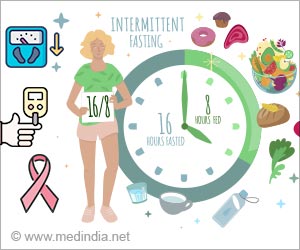In an analysis of 169 imported gluten-free products sold in Australian supermarkets, about 29 products contained gluten, albeit in ‘extremely low levels.’
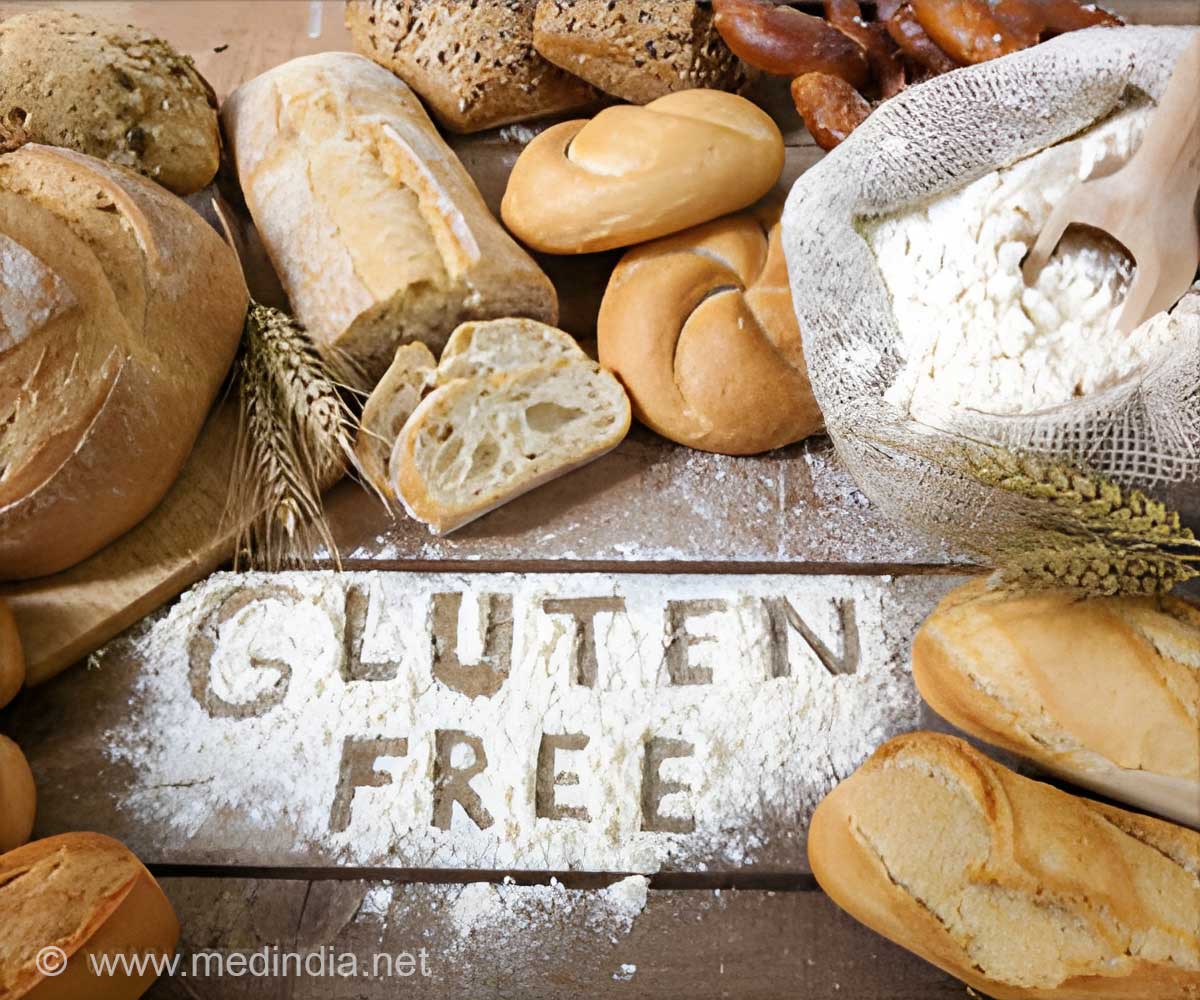
‘About 14% of the imported gluten-free products were non-compliant with the current Australian standards.’





Some of the products tested include crackers, bread, cereals, grains, flours, sauces, pasta, drinks, soups, and confectionery. These products were from Europe, Asia and North and South America. "Saying that something is truly gluten-free is almost a misnomer," said Professor Geoff Forbes from the University of Western Australia, who conducted the research with Ken Dods, from Perth testing facility ChemCentre.
"There is an incredibly small amount of gluten in any food. It just depends on what is a practical amount to be included and for a celiac patient to be exposed to. But celiac patients should feel safe consuming most 'gluten-free' products in Australia."
Celiac Australia reissued its support for the Australian standard, which states that products labeled ''gluten-free" must contain no detectable levels of gluten. Celiac disease causes the immune system to react abnormally to gluten (found in wheat, rye, and barley). One in 70 Australians has this condition. Celiac patients who eat foods containing gluten experience abdominal discomfort, poor absorption of nutrients and changes in bowel habits.
Professor Forbes described the national standards as "impractical," arguing that restricting gluten levels to less than one part per million (ppm) would sufficiently protect the majority of celiac patients.
Advertisement
"Allowing for 1ppm is not about being more lenient, it's about being more practical. I think what happens at the moment is, when foods are tested and found to have very low levels, authorities ignore it. We have a standard which is set, but it's not complied with."
Advertisement
The compliance of imported gluten-free foods with local standard food was assessed with the local food standard, as well as the international capacity of industry to comply with Australian standards.
The study found that 14% of the imported gluten-free products were non-compliant with the current Australian standard, none contained levels of gluten greater than 1.1ppm.
The study is published in The Medical Journal of Australia.
Source-Medindia

